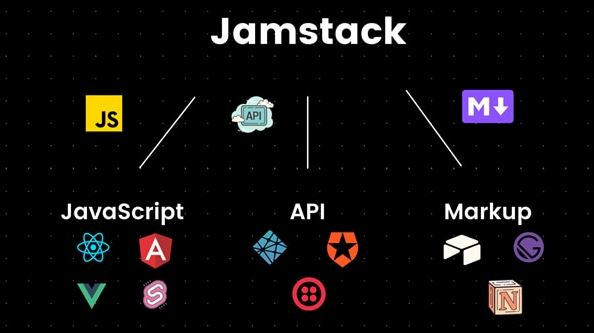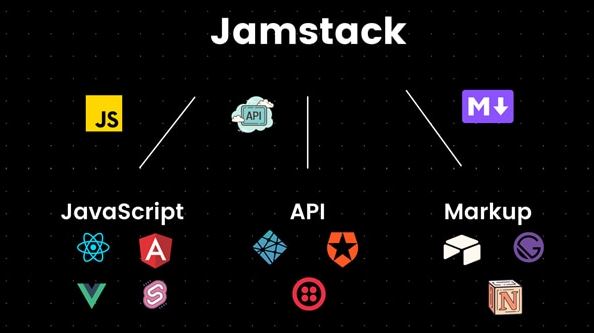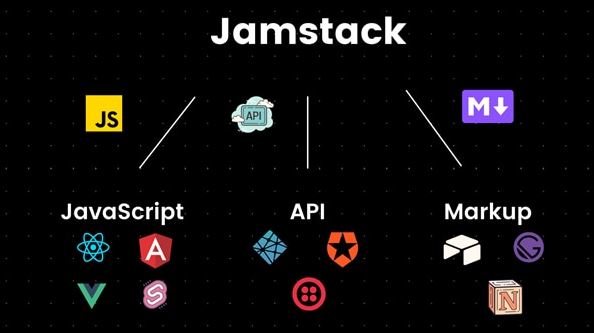Why API Authentication?
Author: neptune | 01st-Jan-2023
What is API Authentication?
Application Programming Interfaces (APIs) play a vital role in linking applications to exchange services and data. To authenticate the identity authentication required before the service and data exchange can take place.
Let’s understand with a simple example if a client application tries to connect or access other applications then the target API wants to know: Is the client really the one it claims to be? Here comes the API Authentication in picture.
The API authentication process validates the identity of the client using an authentication protocol. In protocol, client API sends the credentials to setup connection to the remote server. Then the server authenticates the credentials and grants access if authentication success otherwise denies the request.
Common API Authentication Methods
There are a variety of ways to authenticate API requests we came up with most common API Authentication methods:
1. HTTP basic authentication
It is a simple form of HTTP authentication used in all applications or services required. HTTP basic authentication uses a locally derived username and password with Base64 encoding.
It uses the HTTP header, making it easy to integrate and maintain. Because this method uses shared credentials, it's important to rotate passwords on a regular basis.
2. API Key Authentication
Key Authentication method creates unique keys for developers and passes them with every request. This secret key is a long, difficult-to-guess string of letters and numbers at least 30 characters long, although there’s no set standard length.
This unique key is passed with the API authorization header that is identifier for each user and for every time they attempt to authenticate. This method of authentication is suitable for applications where lots of users require access.
3. OAuth with OpenID
OAuth is not an authentication mechanism, instead it provides authorization services to determine access to multiple resources. OAuth is used alongside OpenID, an authentication mechanism. Using OAuth and OpenID together provides authentication and authorization.
With OAuth 2.0, OpenID can authenticate users and devices using a third-party authentication system. This combination is considered one of the more secure authentication/ authorization options available today.
4. SAML federated identity
Security Assertion Markup Language (SAML) is another token-like authentication method often used in environments that have federated single sign-on (SSO) implemented.
This XML-derived open standard framework helps seamlessly authenticate users through the organisation's respective identity provider. For larger organisations working to consolidate the number of authentication mechanisms within the company, the use of SAML and federated SSO is a great fit.
How to choose Right API Authentication mechanism
Selecting the authentication method that is best for a particular API depends on the level of security that’s required to validate clients versus the ease of implementation and maintenance.
HTTP Basic Authentication is easy to implement but is also susceptible to account compromise since the password is not encrypted. API Key Authentication is also easy to implement for API providers and application developers.
When choosing the type of API authentication mechanism to implement, there are three factors to consider:
1. Understand what API authentication methods are available in your given API framework.
2. Choose the API authentication that provides the proper level of security without being overly complex.
3. From an ongoing administration and management perspective, choose the API authentication method that fits into your existing, corporatewide authentication infrastructure.
Authentication V/s Authorization
An important concept of web API authentication to understand is that it’s not the same as API authorization. While authentication first validates the identity of a client, authorization then verifies that a connection to a particular application operation is allowed. Within a given application, you may limit clients to certain operations.
Conclusion
Application Programming Interfaces (APIs) play a vital role in linking applications to exchange services and data. There are a variety of ways to authenticate API requests, choose the one that provides the proper level of security without being overly complex.
#JavaScript #Python #Hackerrank #AI #Motivation #React.js #Interview #Testing #SQL #Selenium #LeetCode #Machine learning #IT #Problem Solving #API #Java #GPT #AWS #Algorithms #Certifications #TCS #Github #Projects #Jobs #Django #Microservice #Node.js #Google #Story #Pip #Data Science #Postman #Health #Twitter #Elon Musk #ML
 Architecture of API Gateway
Architecture of API GatewayAuthor: neptune | 15th-Nov-2022
#API #Microservice
Creating an API starts with the publisher, where it will be designed, and it will be published to the store for the consumer to explore and subscribe...
 How I Built My Blogging Website Using React, Node.js, and Jamstack Architecture?
How I Built My Blogging Website Using React, Node.js, and Jamstack Architecture?Author: neptune | 31st-Jul-2024
#JavaScript #API
Building a blogging website using React, Node.js, and Jamstack architecture was a rewarding experience...
 How to Get Started with Jamstack: A Comprehensive Guide?
How to Get Started with Jamstack: A Comprehensive Guide?Author: neptune | 05th-Jul-2024
#JavaScript #API
Getting started with Jamstack involves choosing the right tools, setting up a structured development environment...
 Why, What, and When: Understanding Jamstack?
Why, What, and When: Understanding Jamstack?Author: neptune | 05th-Jul-2024
#JavaScript #API
Jamstack represents a modern approach to web development that addresses many of the challenges faced by traditional architectures...
View More